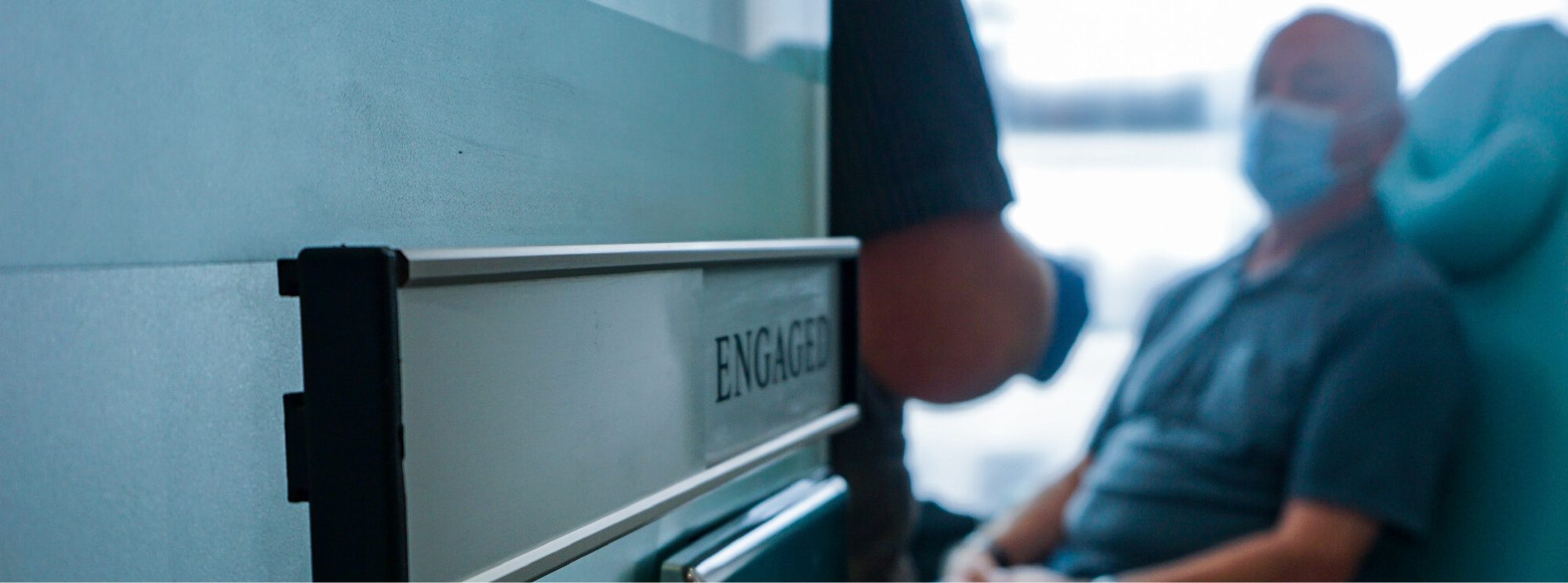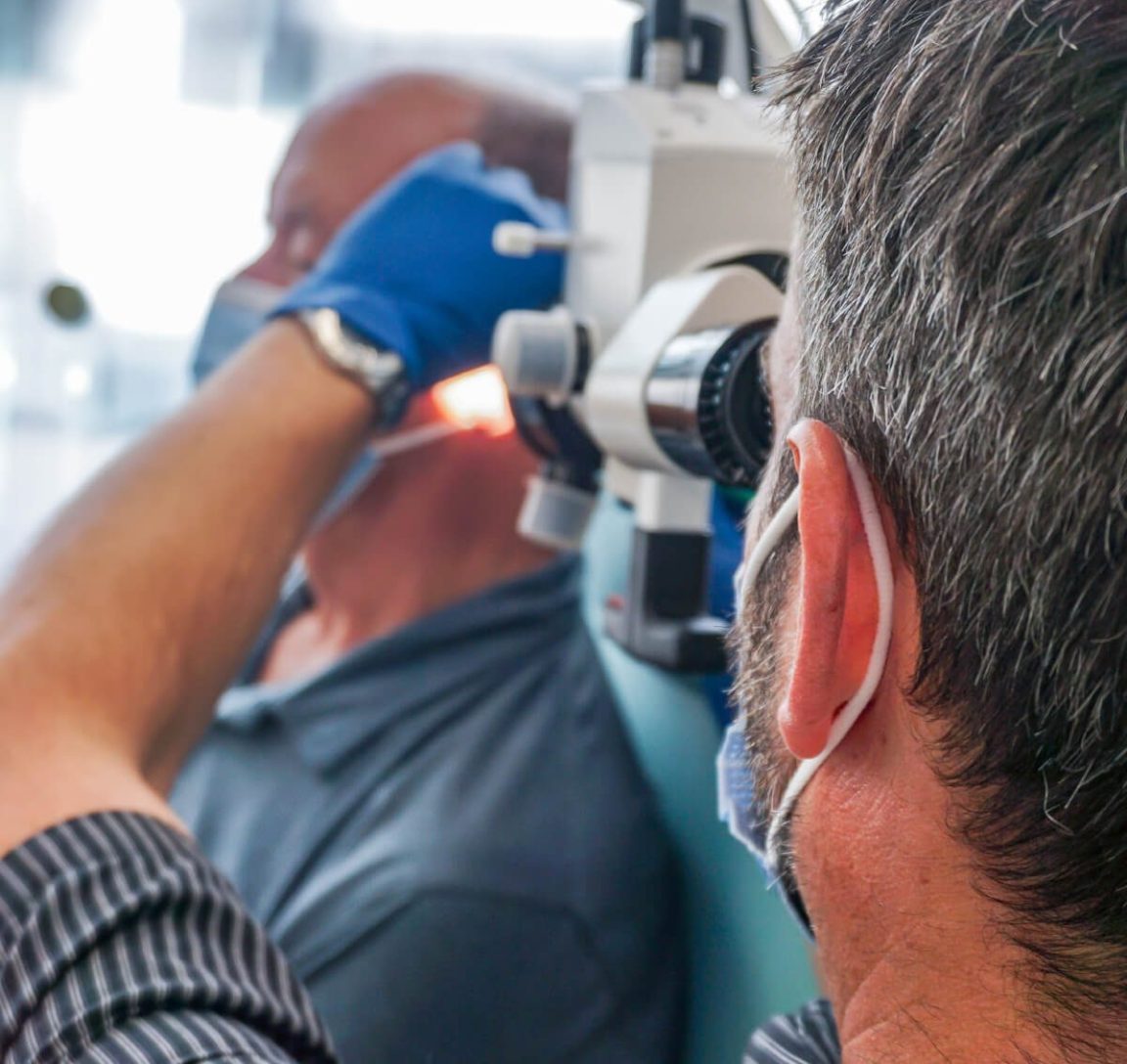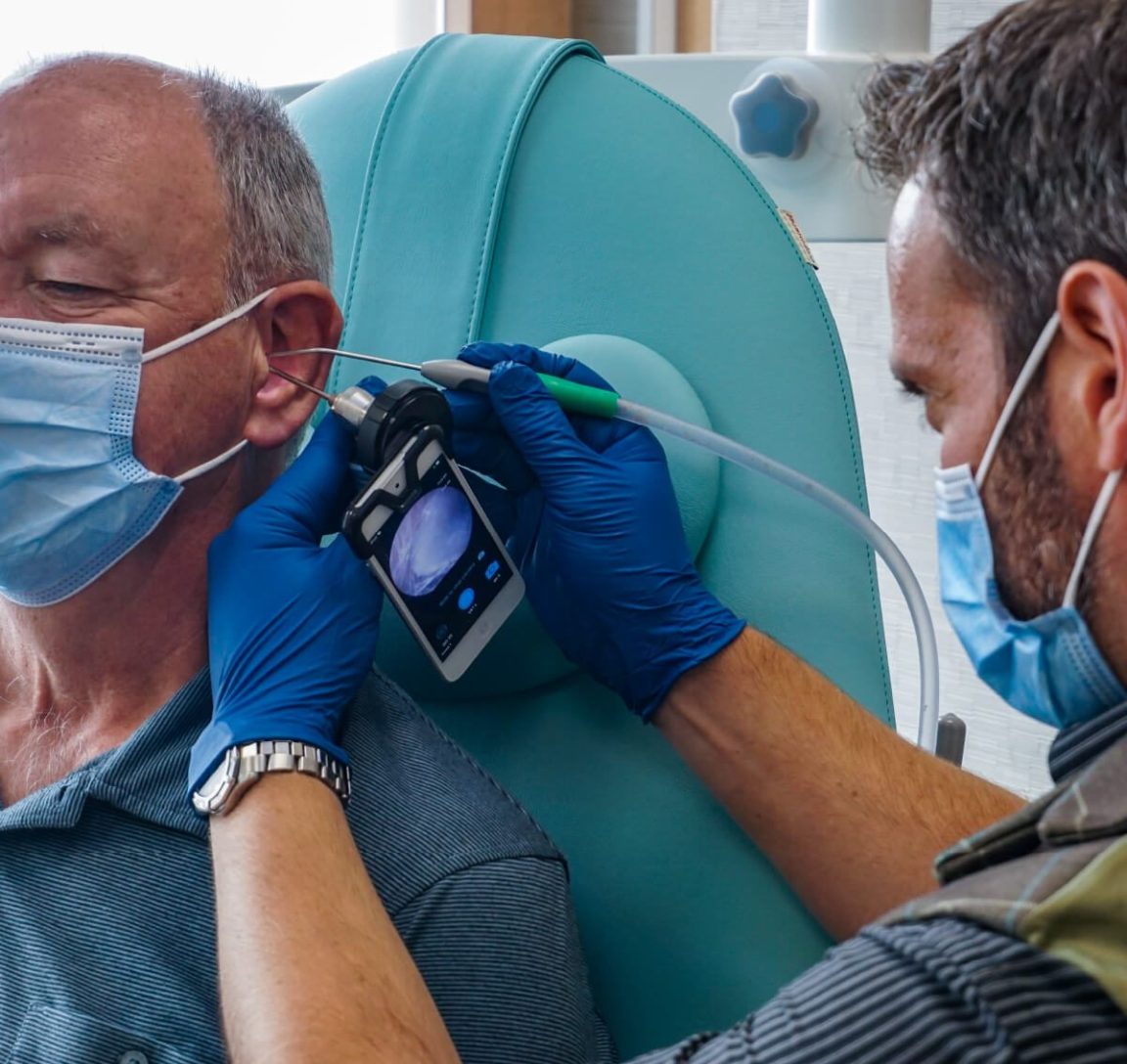About Our Service
We first recommend an examination of your ear to assess the cause of symptoms you are experiencing. Our Ear Care Specialist uses a specially developed endoscope to capture a high resolution image of the inside of your ear canal and tympanic membrane (ear drum). If there is a significant amount of wax, discharge, infection, inflammation, trauma or foreign body inside the ear, appropriate advice will be given. Foreign bodies can be removed and medication to reduce inflammation may be offered.
An excess of Ear Wax can become dry and impacted or remain wet and 'plug' the ear. The physiology of the ear lends itself to self-cleaning and should gradually remove wax and debris itself, however, this process can take a significant time. Olive oil formulated for use in the ear can help soften wax and make it easier for the body to expel.





